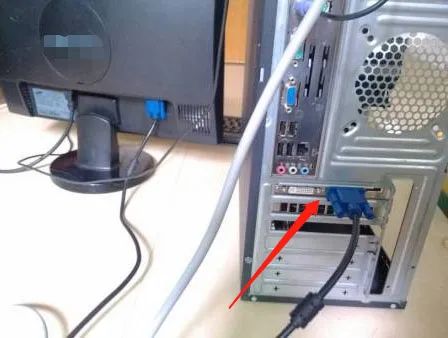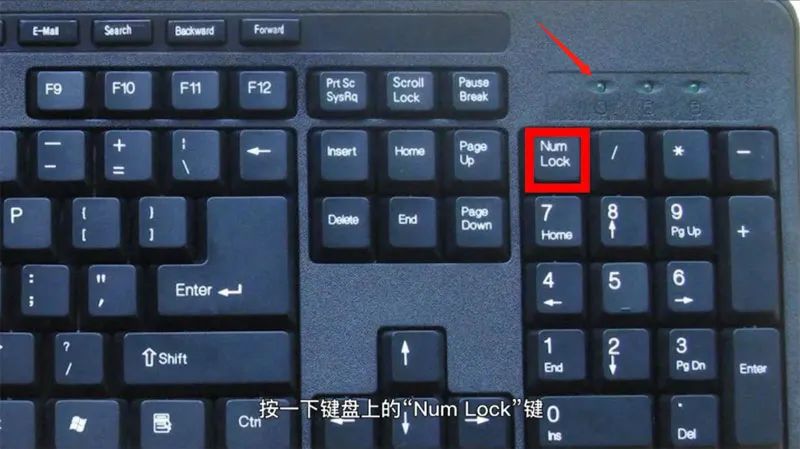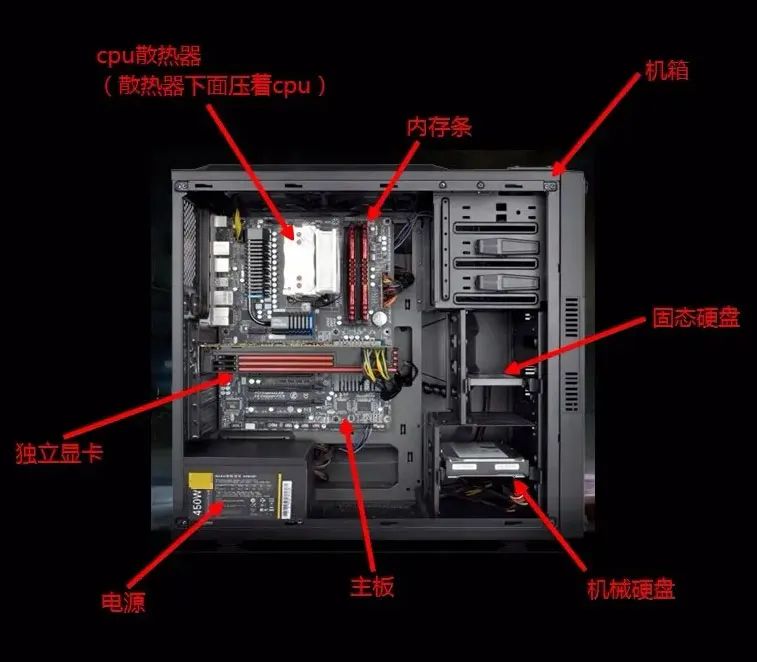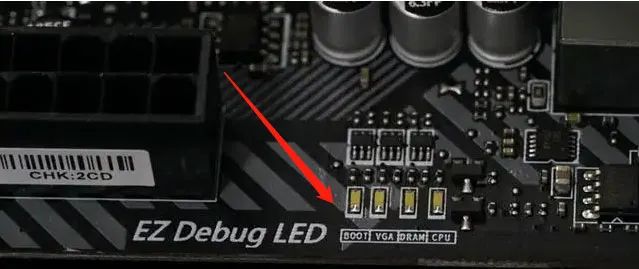
Click the blue text | Follow us

1. Check the Appearance



2. Check the NUM Lock Light on the Keyboard



3. Disassemble the Machine

1. Turn off the power and remove the side panel of the case;
2. Remove the dedicated graphics card, memory, and motherboard battery, and set them aside for later use;
3. Use a hairdryer to clean the dust inside the case;
4. Check the motherboard for any bulging capacitors or burn marks;
5. Use an eraser to clean the golden fingers on both sides of the memory and graphics card;
6. Reinstall the motherboard battery, install one memory stick in the slot farthest from the CPU;
7. Power on the machine and test it. Press the NUM key on the keyboard to check if it starts normally. If the NUM light functions correctly, sequentially install the remaining uninstalled graphics card and memory to test and identify the faulty component;
8. If after following the above steps the NUM light does not respond, does not light up, or does not turn off, and if you have multiple memory sticks, swap them out and test again, checking each memory slot one by one;
9. After testing all memory and slots, if it still does not start, remove the CPU cooler and power on the machine. Touch the top of the CPU to check if it is warm; if the CPU is not heating up, the motherboard is likely faulty;
10. If you have spare parts or another machine, you can swap components to test their functionality and identify the faulty hardware to replace it.


4. Tips

1. If the keyboard NUM light, Caps Lock light, or if there is no keyboard, press the main power button. If you can turn off the machine normally, it is functioning properly; if you have to hold the power button to turn it off, there is a hardware fault.
2. Hardware fault rates: power supply > motherboard > graphics card > memory > CPU, for reference only.
3. Motherboard diagnostic lights: CPU, DRAM (memory), VGA (graphics card), BOOT (system or hard drive). Under normal startup conditions, they will light up sequentially, and the one that stays lit indicates the issue. If the CPU light is on, it indicates that the CPU is undetectable or faulty. If the DRAM light is on, it indicates that the memory is undetectable or faulty. If the VGA light is on, it indicates that the graphics card is undetectable or faulty. If the BOOT light is on, it indicates that the boot device (e.g., hard drive) is undetectable or faulty.

4. Common alarm sounds from a computer with a buzzer:
If the above methods do not resolve the issue, or if you cannot find the faulty component, please take the computer to a repair shop!